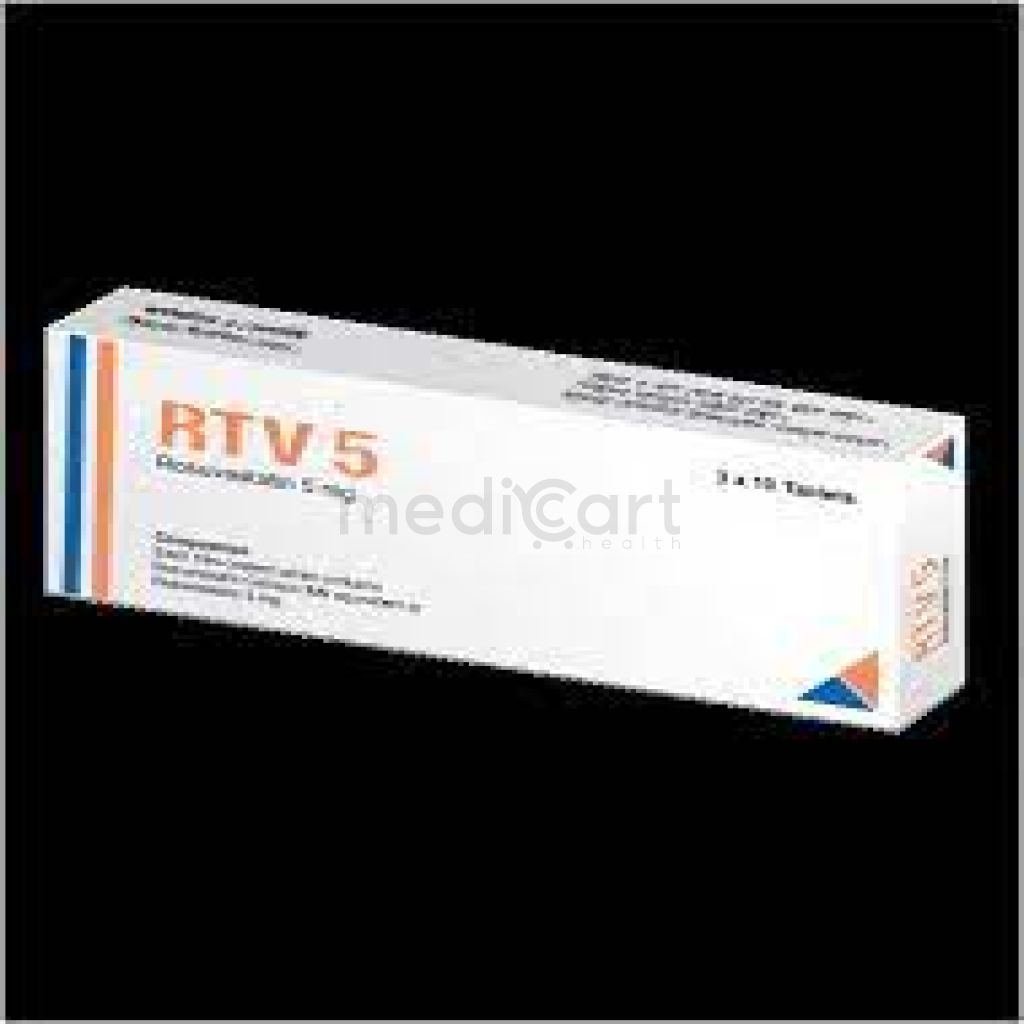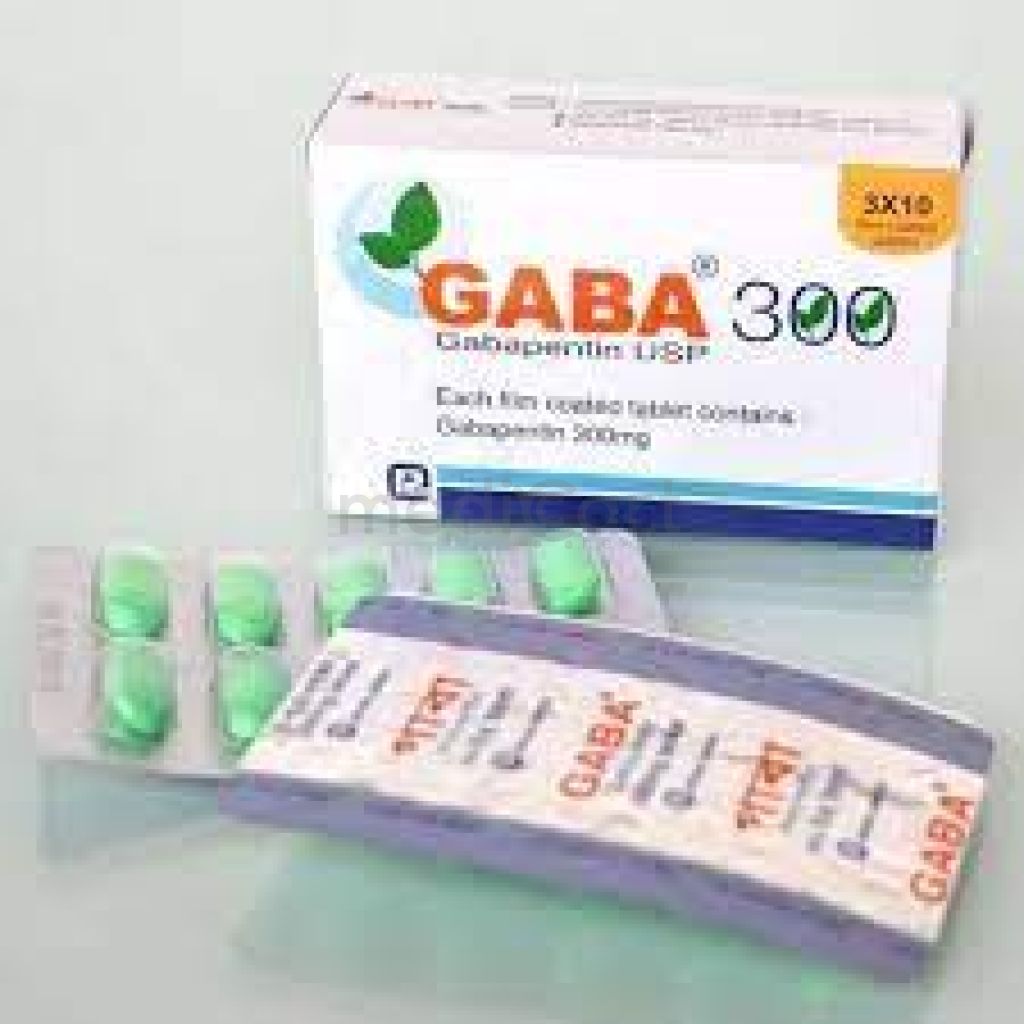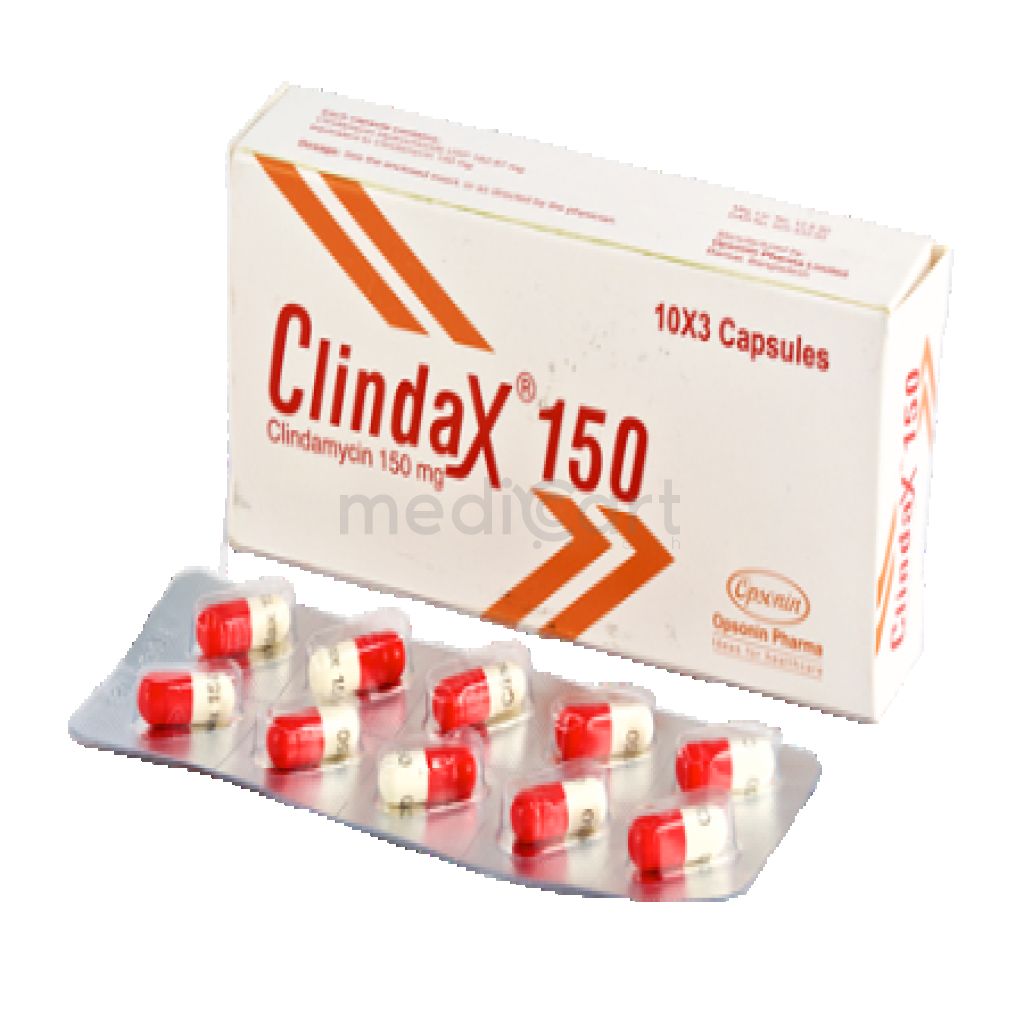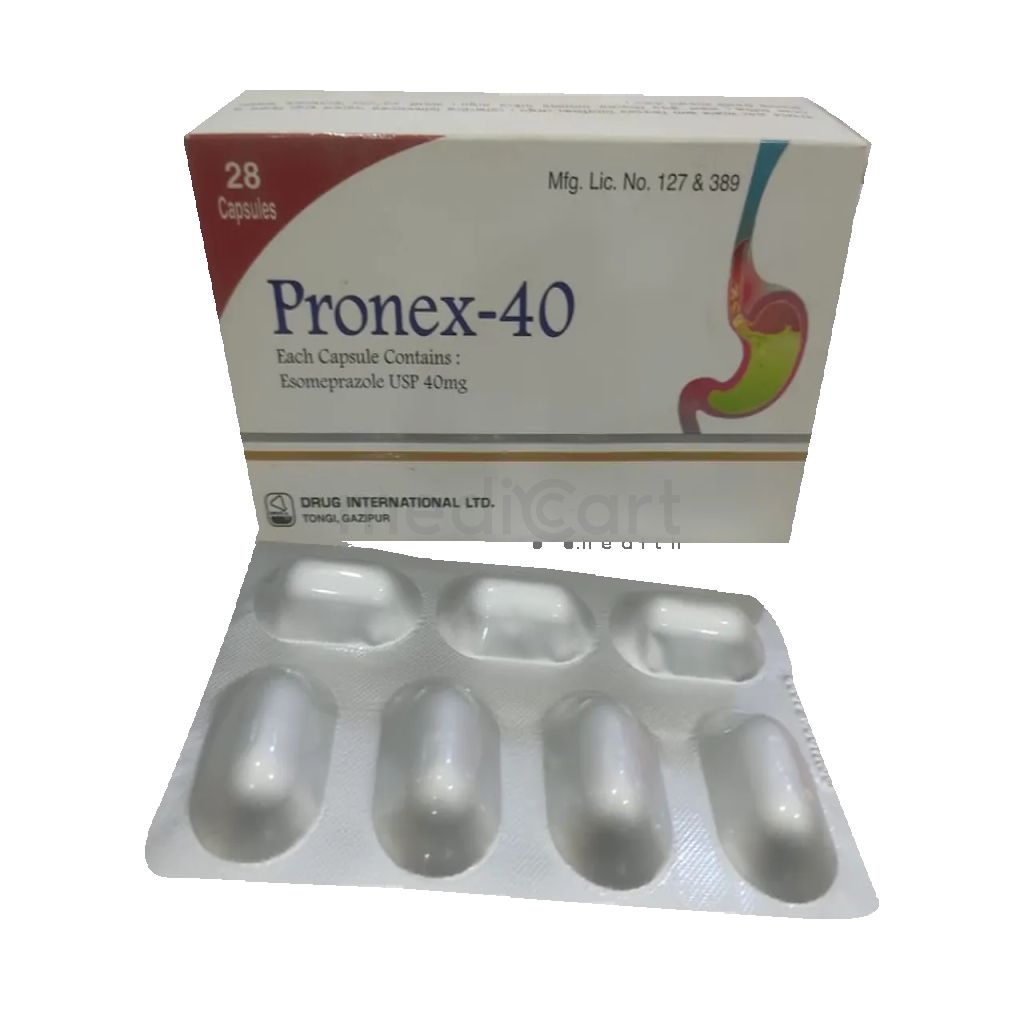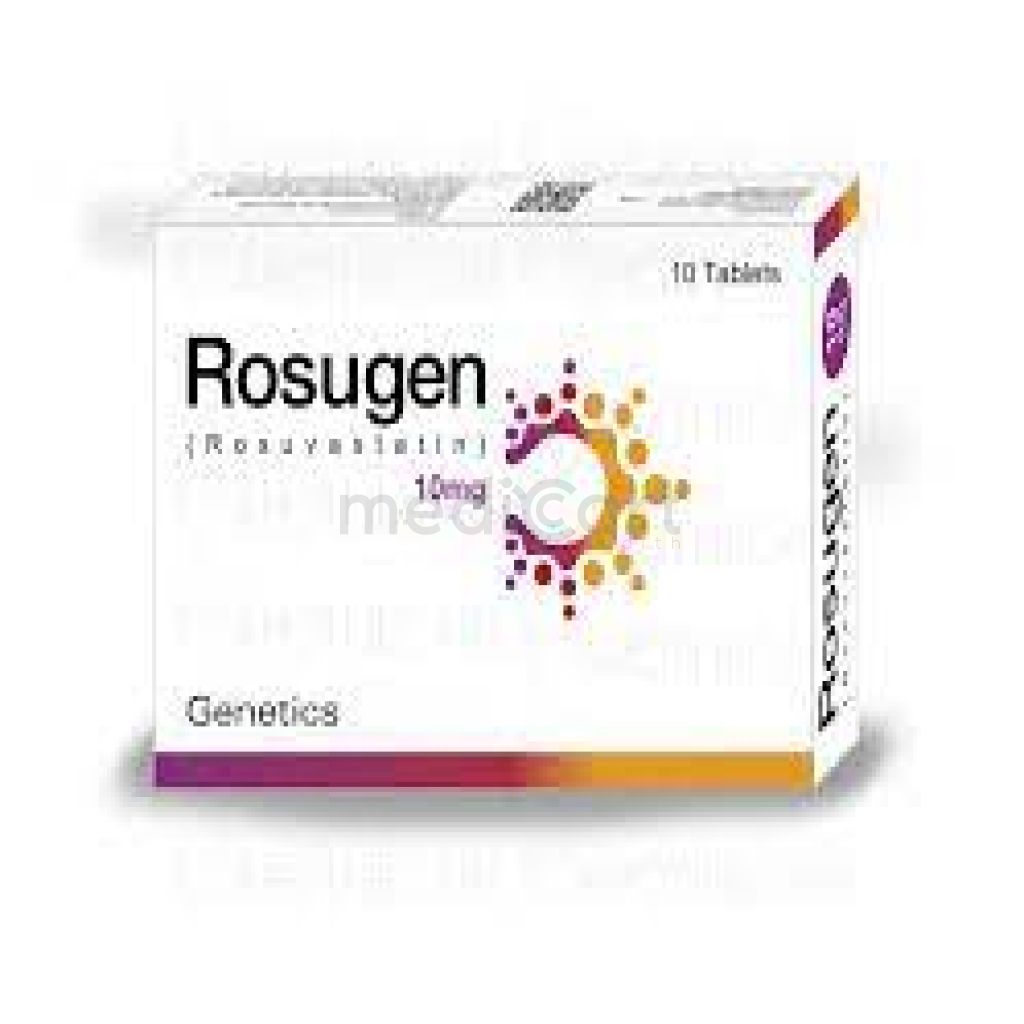

Rosugen - 10mg
Tablet* Delivery will be done in Dhaka city only.
More Information About - Rosugen - 10mg
Description
Generic Name
Rosuvastatin
Precaution
Patients w/ predisposing factors for myopathy (e.g. untreated hypothyroidism, renal impairment), history of chronic liver disease and alcoholism. Monitoring Parameters Monitor creatine kinase (CK) periodically and LFT. Discontinue treatment if there is significant or persistent increase in CK levels, serum aminotransferase levels or evidence of myopathy. Lactation Contraindicated
Indication
Hyperlipidaemias, Primary hypercholesterolaemia (heterozygous familial hypercholesterolaemia), mixed dyslipidaemia, homozygous familial hypercholesterolaemia, Stroke prevention
Contra Indication
Severe renal impairment, active liver disease, unexplained persistent elevations of serum transaminases; hypersensitivity. Pregnancy, lactation.
Dose
N/A
Side Effect
>10% Myalgia (3-13%) 1-10% Arthralgia (10%),Diabetes mellitus, new onset (3%),Pharyngitis (9%),Headache (6%),Asthenia (up to 5%),Dizziness (4%),CPK increased (3%),Nausea (3%),Abdominal pain (2%),ALT increased (2%),Constipation (2%),Flulike illness (2%),UTI (2%) <1% Jaundice,Myopathy,Rhabdomyolysis Potentially Fatal: Rhabdomyolysis with acute renal failure.
Pregnancy Category
Name : Not Classified
Description
FDA has not yet classified the drug into a specified pregnancy category.Mode of Action
Rosuvastatin is a selective and competitive inhibitor of HMG-CoA reductase, the rate-limiting enzyme in cholesterol synthesis. It increases the number of hepatic LDL receptors on the cell surface, enhancing uptake and catabolism of LDL. It also decreases apolipoprotein B, triglycerides and increases HDL.
Interaction
May increase serum levels of warfarin and oral contraceptives. May increase serum levels w/ itraconazole, HIV protease inhibitors. May decrease serum levels w/ erythromycin and antacids. May increase risk of myopathy w/ fenofibrate, niacin. Potentially Fatal: Increased risk of rhabdomyolysis w/ gemfibrozil and ciclosporin.
Pregnancy Category Note
Pregnancy Contraindicated Because HMG-CoA reductase inhibitors decrease cholesterol synthesis and possibly synthesis of other biologically active substances derived from cholesterol (eg, cell membranes), rosuvastatin may cause fetal harm when administered to pregnant women Lactation Contraindicated Limited data indicate that rosuvastatin is present in human milk; because statins have the potential for serious adverse reactions in nursing infants, women who require rosuvastatin treatment should not breastfeed their infants
Adult Dose
Oral Hypercholesterolemia, Hypertriglyceridemia, hyperlipidemia, mixed dyslipidemiaProphylaxis of cardiovascular events in high-risk patients Adult: Initially, 5 or 10 mg once daily, may increase dose at 4-wkly intervals to 20 mg daily if necessary. Max: 40 mg once daily. Active liver disease: Use is contraindicated
Child Dose
Oral Child Heterozygous familial hypercholesterolaemia: >10 yr Initially, 5 mg once daily, may be adjusted at intervals of at least 4 wk. Max: 20 mg once daily.
Renal Dose
Renal impairment Severe (CrCl <30 mL/min/1.73m²) and not on hemodialysis: Decrease starting dose to 5 mg PO qDay; not to exceed 10 mg PO qDay CrCl>30mL/min/1.73m²: Dose adjustment not necessary
Administration
May be taken with or without food.
Disclaimer
The information provided herein are for informational purposes only and not intended to be a substitute for professional medical advice, diagnosis, or treatment. Please note that this information should not be treated as a replacement for physical medical consultation or advice. Great effort has been placed to provide accurate and comprehensive data. However, Medicart along with its authors and editors make no representations or warranties and specifically disclaim all liability for any medical information provided on the site. The absence of any information and/or warning to any drug shall not be considered and assumed as an implied assurance of the Company.




